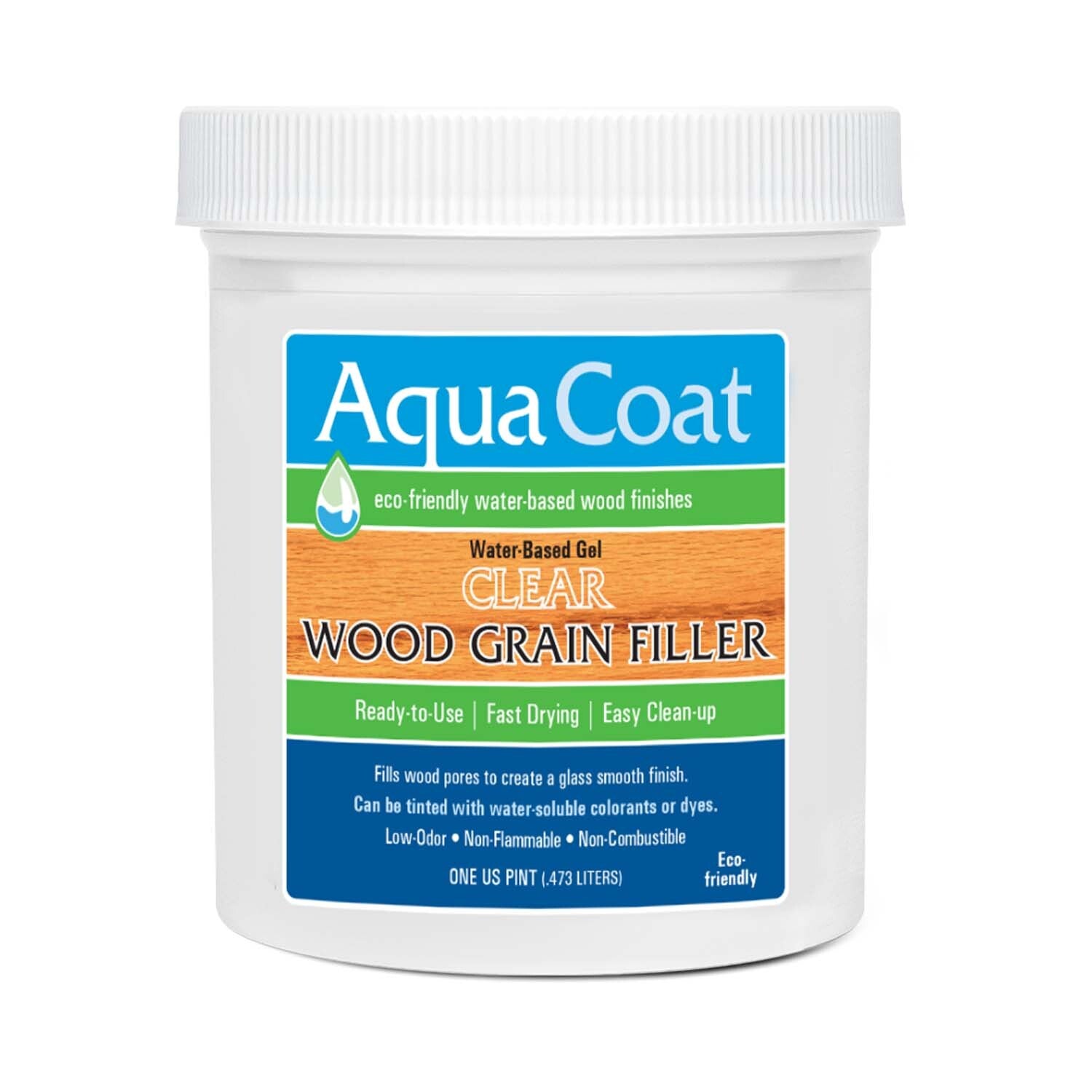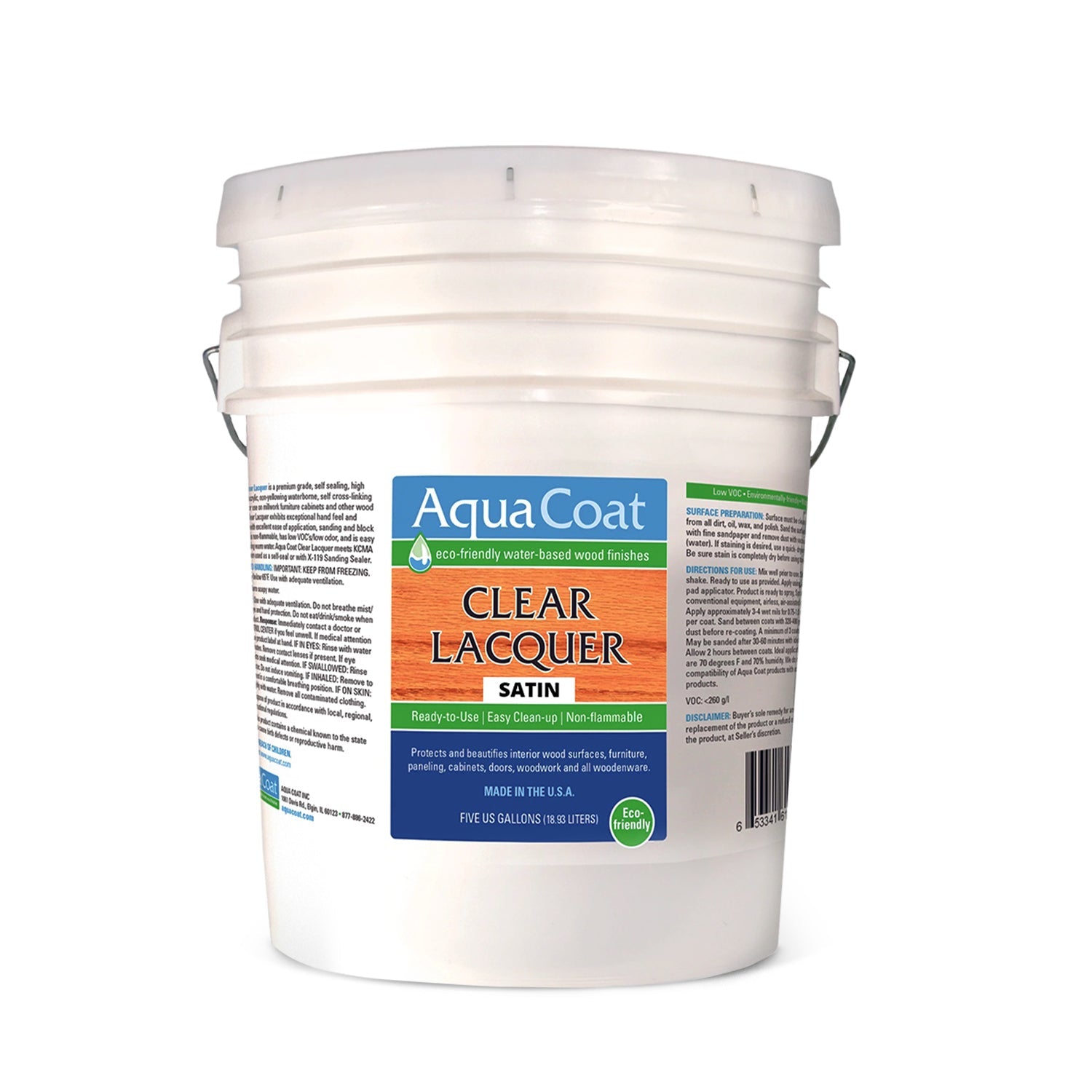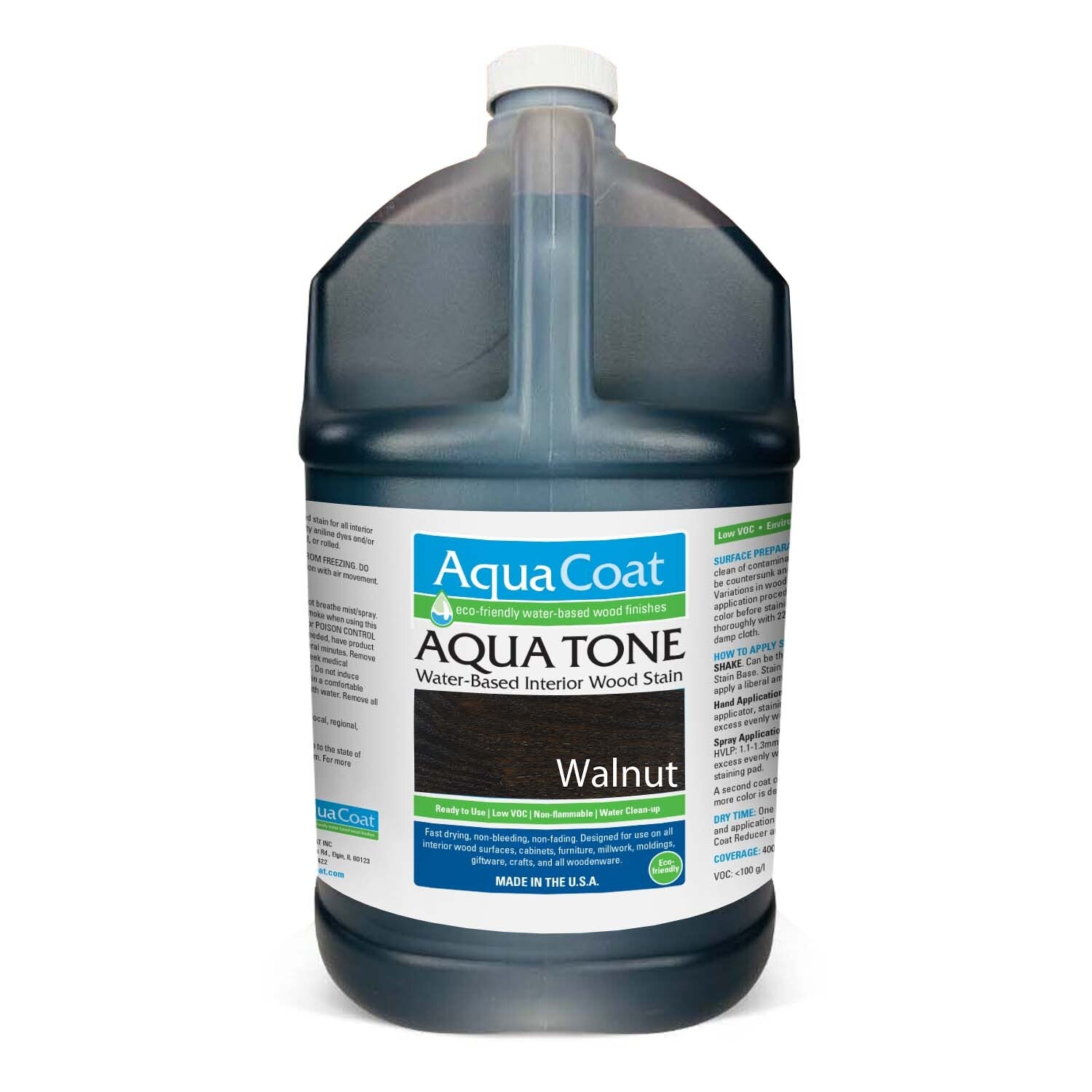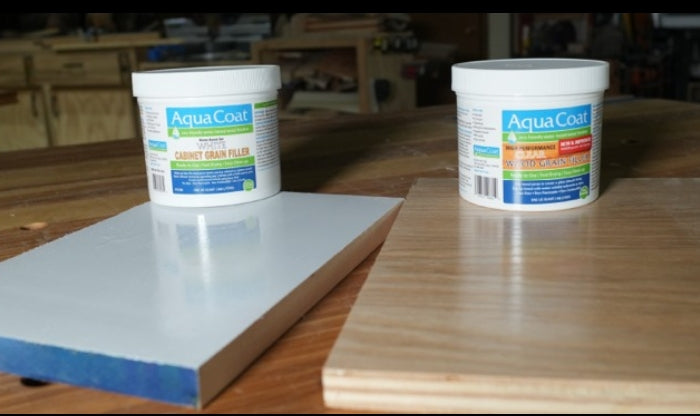Why Should I Choose Enamel Water-Based Paint When Painting Doors and Woodwork?
Fifty years ago, there was no option when painting surfaces that required enamel-like doors, furniture, baseboards, and trim in your home. The only choice was oil-based paint. While it lasted a long time and created an attractive result, there were many cons to using oil-based paint. In fact, there was no choice for painting walls, interior or exterior, or when staining furniture, decks, and woodwork.
Today, most people choose water-based paint for the walls inside their home or business. Water-based paint rolls on easily and the acrylic in it makes it malleable and easy to apply. There are so many types of wall paint today that it’s a little mind-boggling for the amateur painter and even the professional.
It’s not just a matter of choosing a color for the walls now, it’s a matter of choosing the proper type of paint for the job.
As for walls, before you begin painting over existing paint on the surface of the wall, it’s important to know what you’re painting over. One way to tell if the paint on your walls is water-based or oil-based is to wipe the surface with a rag that has a bit of denatured alcohol on it. If the paint comes off on the rag you have water-based paint. If the rag doesn’t pick up any of the paint, it is more likely that you have oil-based paint on the walls.
If you have an oil-based paint, typically, you can go over it with water-based paint. It may be wise to do a coat of white-wash like Kilz when going from oil-based to water-based and from one color to another.
When thinking of the trim and doors, some might think that you still need oil-based paint to accomplish the job but that’s not true. Today’s water-based paint works beautifully on those surfaces and more. Yes, those surfaces typically experience more wear and tear and many professional painters still use oil-based paint for doors and trim even when painting the walls with water-based paint. But today’s water-based paint is not your dad’s paint.
Water-based paints also called latex paints, use water as their solvent so they are much easier when it comes to cleanup. They are made up of a pigment and a binder and are the eco-friendliest, environmentally responsible choices for the job. Water-based paint dries faster than oil-based paint it retains its color better over time. And thankfully, it doesn’t have the overwhelming and long-lasting odor that oil-based paint puts out.
Painting your walls, doors, and trim inside or even outside the home can make a dramatic improvement on the look of the home. Most people repaint a home when they are new homeowners or even new renters. Painting isn’t very costly and makes a home feel brand new. It’s human nature to want things to look and feel nice. However, being conscious of the environment and what is most eco-friendly may not be top of mind.
Here are a few things to consider as a reason to use water-based paint or stain over oil-based in your home:
- Oil-based paint releases what the industry refers to as VOCs into the atmosphere as the paint dries. That stands for volatile organic compounds. VOCs are a major contributor to the ground-level ozone which contributes to the making of smog. The EPA has passed legislation to limit VOCs. They can exist in certain cleaning products as well as paint. Some states like California have banned the use of those products and all use of oil-based paints and stains for this reason.
- Oil-based paints and stains require the use of things like turpentine or mineral spirits for clean-up. Clean-up is much more difficult, time-consuming and unpleasant as those products are also very odiferous. Water-based paint makes it easy to clean brushes with only soap and water.
- Oil-based paints and stains take a lot longer to dry are far less flexible than water-based acrylic paints.
- Oil-based paints tend to fade more quickly than water-based over time.
- And… they SMELL!
When considering the environment for your painting job, buy good brushes and rollers and clean them well rather than buying cheap ones you plan to just throw away. Using water-based paint products makes it easier to do this and means less paint-related junk on the junk-heap.
If you buy more paint than you needed, try to find a use for it elsewhere in the house. Don’t just throw the paint and cans in the garbage. Maybe your local theater company, school or church could use the paint for a project or create a stage set. Empty paint cans need to be taken to a hazardous waste landfill for proper disposal.
If you want the best in quality, eco-friendly, non-flammable, water-based products, please consider using paint and stain from Aqua Coat. Our sales staff will be happy to help you with any questions you might have about your next painting project. PLEASE NOTE: We only sell our paint in drum quantities.








Leave a comment